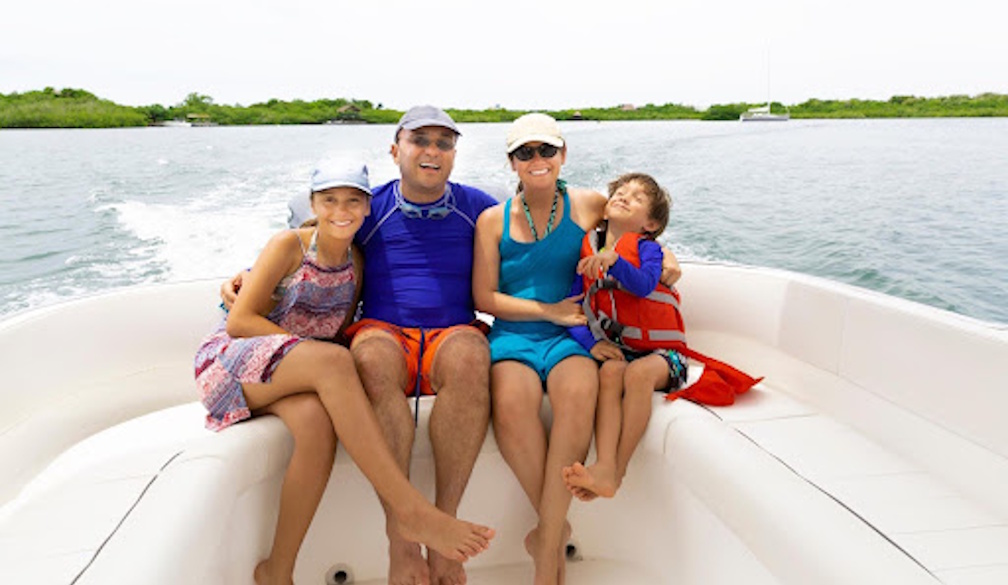Stinking dead fish portend major problem with carp herpes release
- Written by Simon Chapman, Emeritus Professor in Public Health, University of Sydney
In April last year, this column looked at six concerns about the planned release of carp herpes virus (Cyprinid herpesvirus 3 or CyHV-3 – also known as koi herpesvirus, or the carp herpesvirus) into Australian rivers in an attempt to dramatically reduce the plague proportions of these introduced and destructive “river rabbits”. Radio JJJ also broadcast a special report in May on “what could possibly go wrong”.
In the eight months since, the NSW government has held public consultations with interested parties and the Australian government’s Department of Industry published a final report late last year.
This report concentrated on whether the virus might impact other fish and native species. It concluded:
Following clinical, molecular and histological observations, we now know that CyHV-3 does not infect (and therefore cannot affect) a wide taxonomic range of non-target animals including: 14 species of fish (13 native species, and the introduced rainbow trout); yabbies; a species of lamprey; two amphibian species; two reptile species; chickens; and mice. These results strongly suggest that both spillover infections and species jumps are highly unlikely with CyHV-3, and, therefore, the results encourage further work on the use of CyHV-3 as a potential biocontrol agent for carp in Australia.
The report also discusses a planned infected carp release into the Lachlan river catchment area in NSW. The Lachlan flows some 1,440km with its main stream and tributaries passing towns that include Cowra, Forbes, Condobolin, Lake Cargelligo, Hillston, Booligal, and Oxley.
Concerns about the release of CyHV-3 possibly affecting other aquatic species has been a major issue and these findings may provide some assurance of safety.
However, in my 2016 column, I noted the carp-deadly herpes virus had first “appeared” in Israel in 1998 and had since migrated to 33 nations through fish commerce. This seemingly innocuous “appeared” word, read in conjunction with the normal never-say-never, careful language of science in the government final report (“strongly suggest”, “highly unlikely”) raise questions about the provenance of the new virus before it first “appeared” in Israel.
If the 1998 appearance was a mutation of a previously benign virus, obvious questions arise about future mutations, including whether such changes might be capable of jumping species once the virus is released into NSW rivers.
The current situation appears to be full steam ahead with a gung-ho Barnaby Joyce publicly making statements about plans to start the release at the end of 2018. $15m has been budgeted for the exercise.
Mini “stench rehearsal” at Hindmarsh Island
This week, ABC News reported “hundreds” of dead carp had washed up on Hindmarsh Island near the sea in South Australia. Blackwater from decomposing vegetation washing into the Murray-Darling during the 2016 floods making its way downstream is seen as responsible for the fish kills. A local resident emphasised the stench. Her words were important and portend a major concern I raised in my column last year.
Catharina Taylor told the ABC the dead and rotting carp were causing a “horrible smell” and she feared the smell would get worse in the summer heat.
She had alerted both her local council and the South Australian State Government’s Primary Industries and Regions department about the problem, who offered no help: “Only thing that I actually heard is that they cannot help, they haven’t got the manpower and we should get the community behind us,” Ms Taylor told the ABC.
Photos in the ABC report show hundreds of dead fish on the shores of the island causing the stench. I have experienced the smell of a single dead carp. It is not an experience easily forgotten. No one has reliable figures about how many carp are in Australian waters, but estimates range from 2-6 million tonnes. The Hindmarsh Island experience will be like a splinter in the handrails of the Titanic compared to the problem the “carpageddon” we are being promised.
A November report in The Land quoted University of Canberra researcher, Dr Peter Unmack, who has two decades of experience working in the Murray-Darling basin. Unmack said disposal of carp carcasses would be a major concern, as decaying fish would pile up from the first week the virus was released. This would de-oxygenate water and harm native fish. “You would need a lot of people in boats with nets scooping up dead fish.”
In all that has been written and said about the release plan, there has been no detail provided about clean up, beyond vague talk about paying locals to remove and dispose of dead fish. The Lachlan is 1,440 kilometres long, the Murrumbidgee 1,600 and the Murray-Darling, 2,507km. Great stretches of these rivers are sparsely populated. No scenarios have been painted about how many people will be needed in teh clean-up, covering how many kilometres, in how many boats, and across what length of time will be required to clean it all up. And in these small towns, how many people are sitting about ready to take to the boats?
A “thought bubble” solution"?
Matt Landos, a lecturer in aquatic animal health at the University of Sydney posted important comments on my last column on this issue.
Carp are vilified as a major cause of river turbidity or cloudiness. They suck up mud looking for food. Landos argued the evidence about carp being a major cause of river turbidity is conflicted in the research literature on the issue. In 1985 Fletcher and others said of a Goulburn valley study:
There was no association between high carp densities and high turbidity, and populations of carp did not appear to increase turbidity. Observed turbidity increases at each site appeared to be related to hydrological changes. Fluctuation of water levels was also an important factor determining the extent of aquatic vegetation communities.
Landos also noted King et al (1997) had stated:
factors other than carp usually contributed to most of the variation in measured water quality in Murrumbidgee billabong.
They also observed:
Cattle grazing and clearing has altered the vegetation communities of the floodplain in this region. The floodplain vegetation now consists of scattered mature river red gums. The understorey is dominated by introduced grass and weed species. Owing to the drought conditions and grazing by cattle, vegetation in the catchments surrounding the billabongs was sparse during most of the study period; this and heavy rain towards the end of the experiment combined to cause significant sediment loss from the adjacent hills.
Dr Landos also notes carp are highly unlikely to be the primary driver of native fish declines, though often blamed. To blame carp, is to ignore the swathes of literature on the reasons native fish reproduction has failed including: loss of passage/access due to dams, weirs and irrigation gates; cold water pollution obliterating the spawning signals; pesticides killing and deforming larvae; fertiliser promoting toxic algae; salinity impacting egg hydration; and loss of habitat.
Carp have few friends. Unlike in other parts of the world, few are eaten in Australia. They are an easily scapegoated target. The herpes release seems highly likely to cause massive problems that have to date only been sketched. And all agree that while the release will reduce carp numbers dramatically, it will not eradicate them. If Landos and the researchers he cites are correct, this exercise may do little to improve water quality in our rivers either and may have signiicant collateral impacts.
Disclosure
Simon Chapman is (honourary) patron of the Koi Society of Australia and has kept ornamental koi for 20 years.
Authors: Simon Chapman, Emeritus Professor in Public Health, University of Sydney
Read more http://theconversation.com/stinking-dead-fish-portend-major-problem-with-carp-herpes-release-71489





